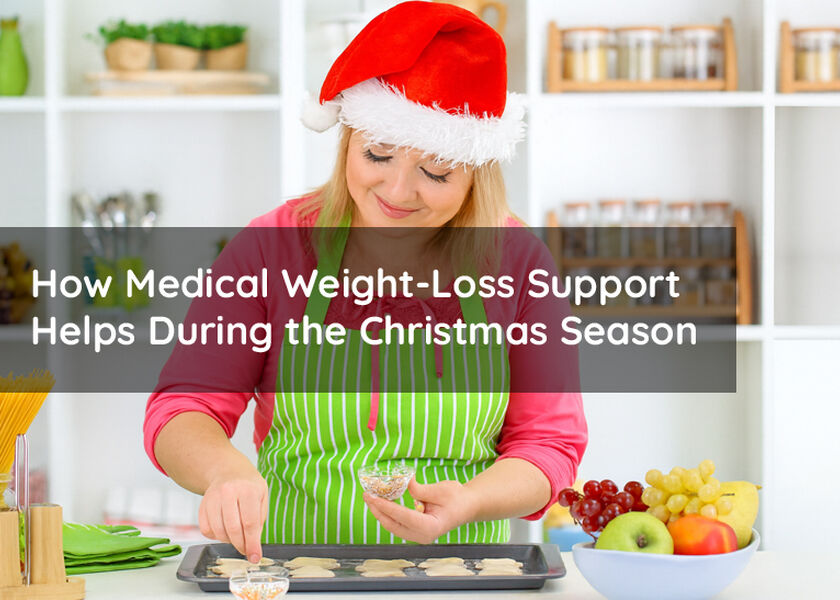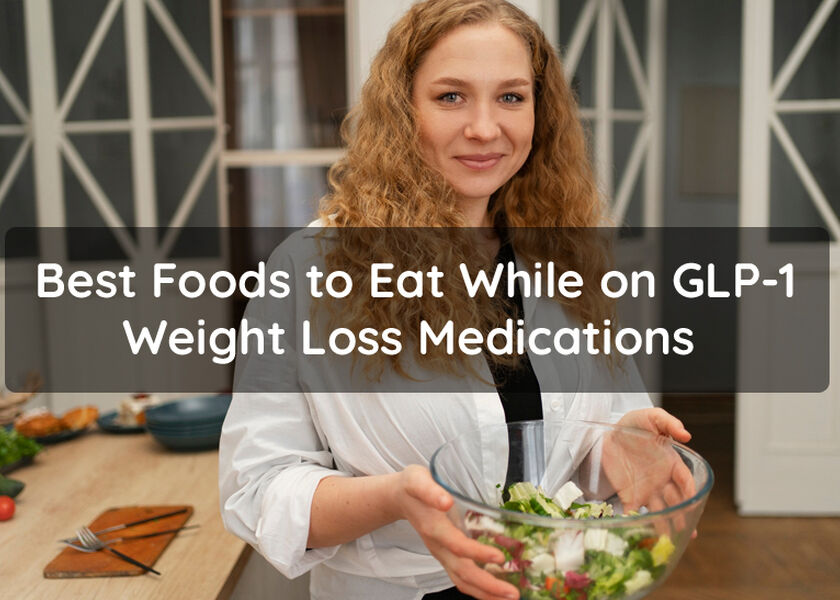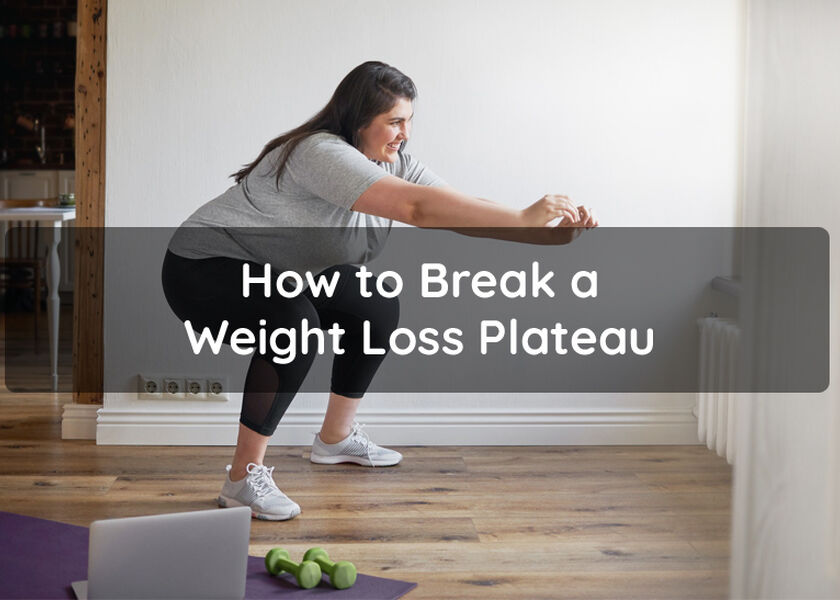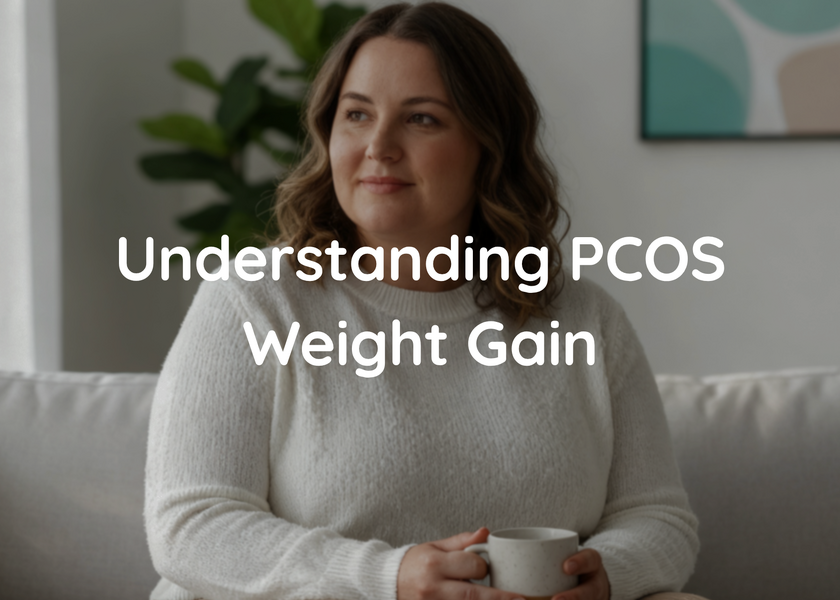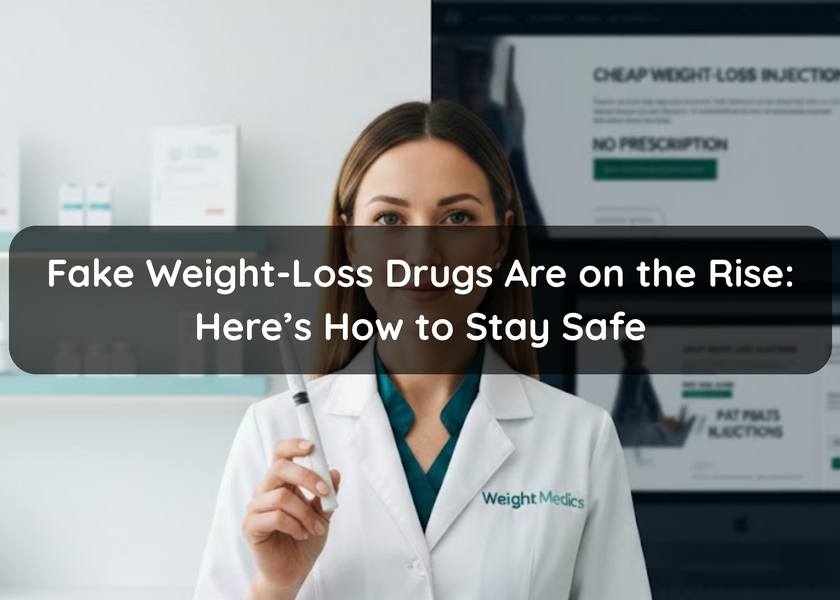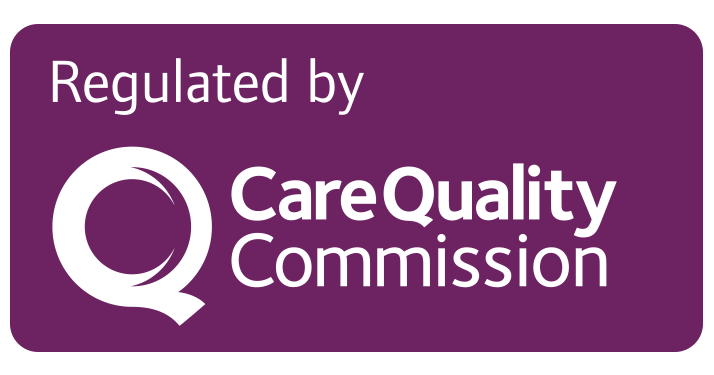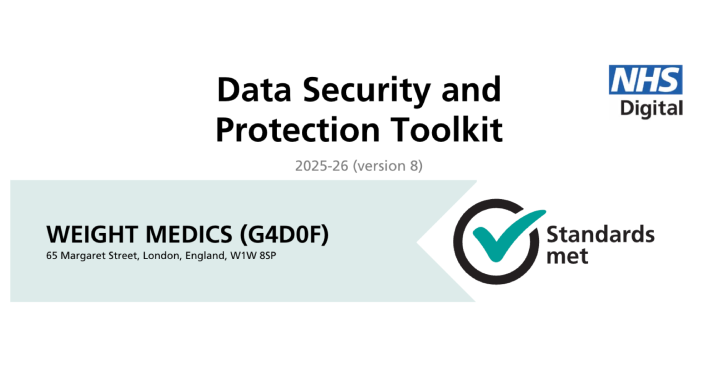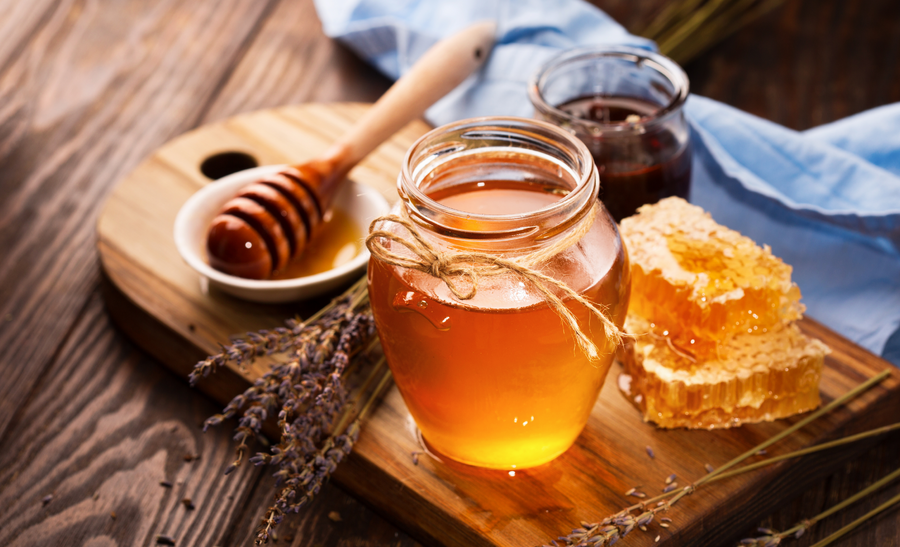
By Annie Gill, Nutritional Therapist BANT/CNHC/ANP
A shocking static I read recently is that the average individual consumes 22 teaspoons of sugar per day. That’s an incredible amount. In fact, that’s 88g sugar per day. This ease at which this unwanted accolade is achieved is in fact that most of this sugar is ‘hidden’ in the foods we eat.
The recommended daily intake (RDI) is 30g max for adults. Children aged 7 to 10 should have no more than 24g of free sugars a day (6 sugar cubes). Children aged 4 to 6 should have no more than 19g of free sugars a day (5 sugar cubes).
Packaged and processed foods are laden with added sugars. Even what we deem as ‘healthy’ food such as cereals, cereal bars, salad dressings, pasta sauces and yoghurts are full of sugars. Low fat options in particular replace fats with sugar to make them taste better as well as help preserve them. These sugars come in many guises that, to the untrained eye, would not be recognised as sugar. Take a look at your ingredients label. If they contain any of the following, then there’s sugar in that food.
Here are some of the other names that sugar goes by:
- Barley malt
- Honey/ maple syrup
- Caramel
- Inverted sugar syrup
- Carob syrup
- Lactose
- Dextrin or dextrose
- Maltodextrin
- Diastatic malt
- Maltose
- Diastase
- Malt syrup
- Ethyl maltol
- Molasses
- Fructose
- Panela (panocha)
- Fruit juice
- Refiner’s syrup
- Galactose
- Rice syrup
- Glucose
- Sorbitol
- Golden syrup
- Sorghum syrup
- High Fructose Corn Syrup (HFCS)
- Sucrose
If you are concerned about added sugar, it’s important to read the nutritional label on packaged foods. Every 4 grams of sugar is 1 tsp of sugar: e.g. if a product contains 12g of sugar then that equals 3 tsp. of sugar. Also, if sugar is one of the first 3 ingredients listed this indicates that this food has a high level of added sugar.
Beware of the foods that seemingly look healthy but are in-fact laden with added sugars. For example:
Low Fat products – The manufactures remove fat content and replace it with sugar to make the product taste better. It’s best to have the real foods but in moderation.
Drinks, packaged foods, ready-made meals and canned items are often packed with additional sugar to again help improve flavour.
Did you know that one cigarette contains 2g or ½ tsp. of sugar? Every time you spark up you are increasing your risk of lung cancer as well as increasing your sugar load.
Soft drinks and squash/cordials are full of sugar. It’s much better to eat a piece of fruit than drink the juice because the average 250ml glass of orange juice contains 22g of sugar, which is massive considering we should only consume up to 30g sugar per day. Eating fruit gives you the fibre which slows the sugar released into the bloodstream and is good for gut health.
Foods containing hidden sugars to Watch out for pasta sauces and pre-made pesto’s – A 500g jar of Dolmio contains 32g or 8 tsp. of sugar Breakfast cereal that claims to be ‘healthy’, for example, one 30g serving of Multigrain Cheerio’s contains 5.3g sugar. You will find your child probably eats a lot more than a 30g portion which is approx. 2 tbsp. Of course, as soon as you add in Honey or Frosted options the sugar skyrockets.
‘Healthy’ cereal bars such as Special K Bars contain approx. 7-8g sugar per bar, and if you opt for something like Kellogg’s Nutrigrain Breakfast bars it contains a whopping 18g sugar per bar.
Yoghurts marketed to children are sadly full of sugar; even though it’s claimed as ‘natural’, sugar is still sugar. Yoplait ‘Frubes’ contain 7.9g per pouch and the Petit Filous contain 4.4g per pot, and to be honest, children tend to have more than one of these per day.
Ketchup and mayonnaise contain 2 tsp. of sugar per average serving so opt for low sugar versions.
Eating too much sugar can affect your health in a multitude of ways:
- It can rot your teeth if not brushed away
- It can raise your blood sugar levels leading to energy spikes and crashes and subsequent reactive eating
- It can put you at risk of developing type 2 diabetes
- It can increase your risk of gaining weight
Try to eat foods in their natural state. Steer clear of low-fat, processed foods that are convenient but laden with added sugar. If you do eat sugar, eat it in moderation and in its most natural form and try to keep within your 30g RDI.

